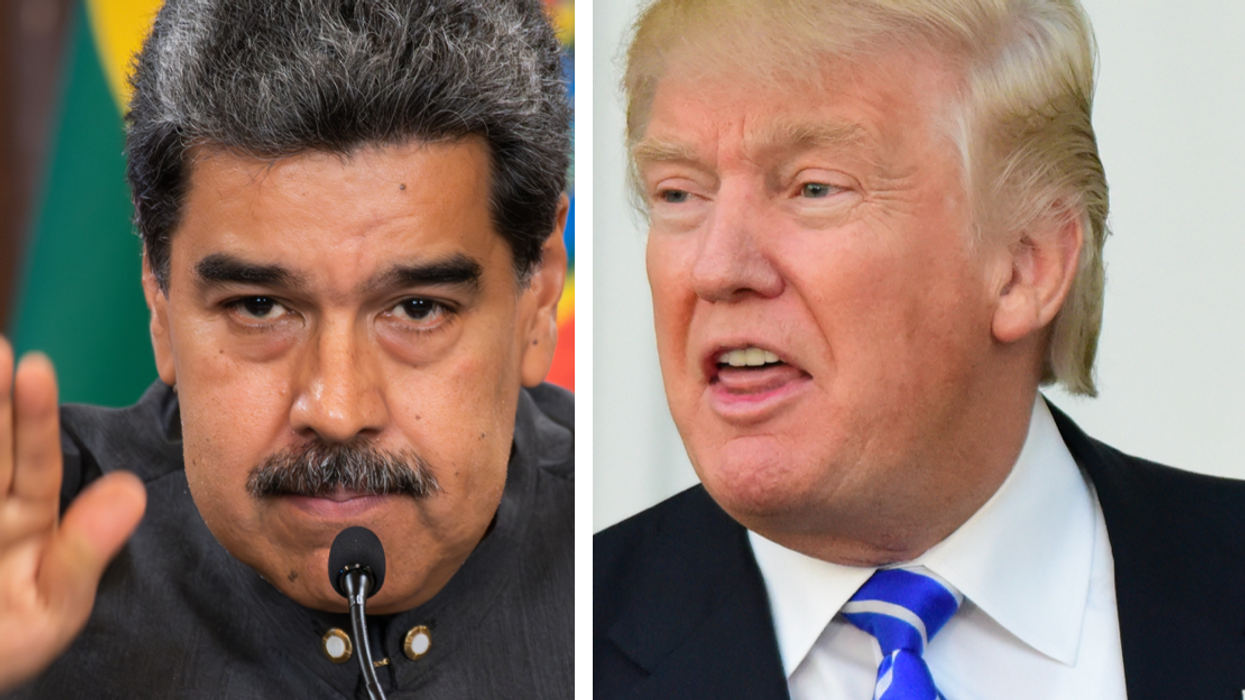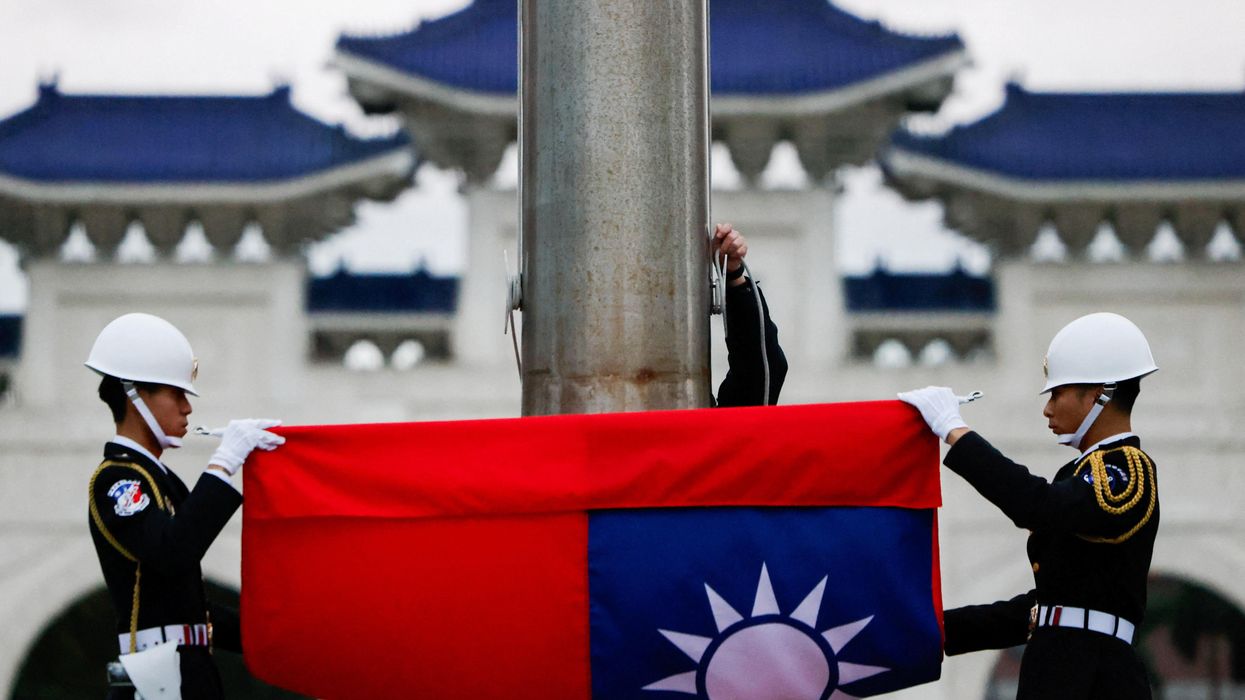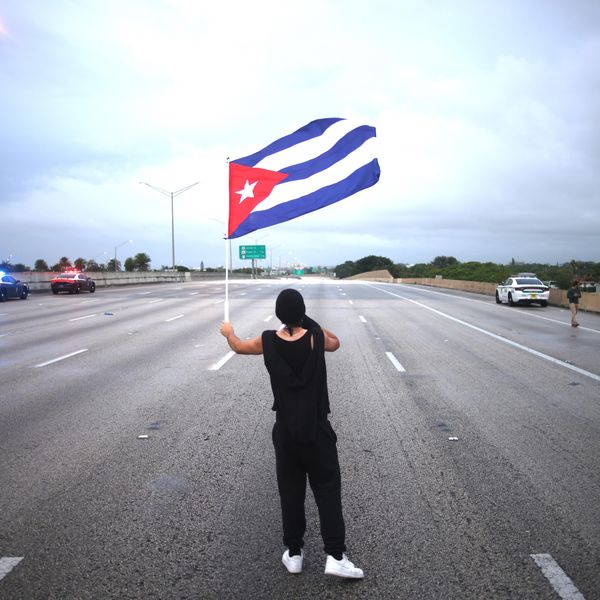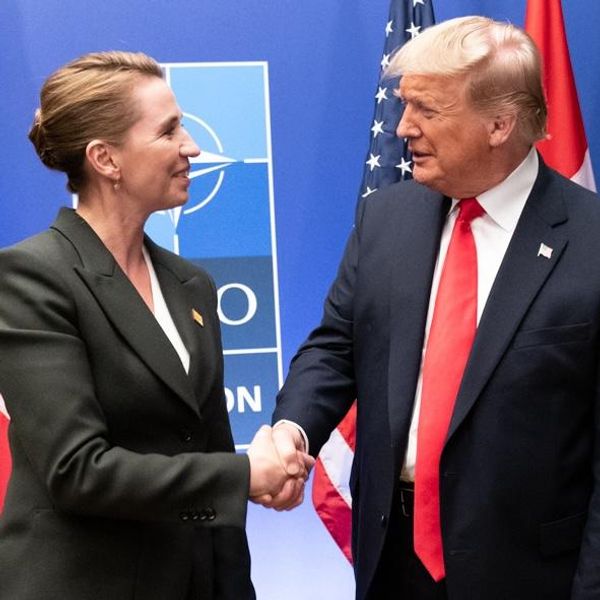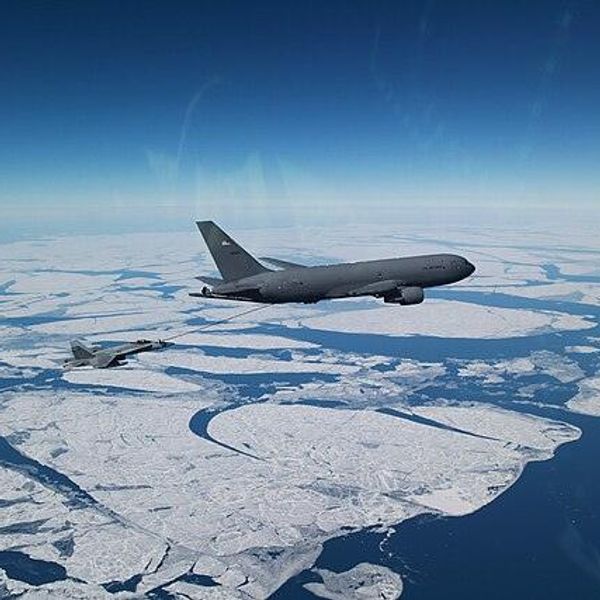A few days ago, Secretary of Defense Lloyd Austin announced the completion of a “Civilian Harm Mitigation and Response Action Plan” promising institutional changes so that American warmaking kills fewer innocent people.
The plan is a clear step forward in the humanization of endless war — the ethically fraught project I attempted to spotlight in my book, "Humane: How the United States Abandoned Peace and Reinvented War," which appeared a year ago and is out next week in a paperback edition.
The Pentagon commitment — and the dynamics that led to it — fit well with some of my arguments in the book. While making American war less brutal is an uplifting project when it works, it can also function by intentional design to create a new kind of war that results in greater legitimacy. The plan is entirely open about this. It begins: “The protection of civilians is a strategic priority as well as a moral imperative.”
Abetted by critical outsiders and sympathetic insiders who decry the brutality rather than existence of wars, humanizing war reflects ethical progress in the fighting of American war, while entrenching its permanence.
Heroically, humanitarian activists have been dramatizing civilian harm for decades, and with special intensity since the Global War on Terror began after September 11, 2001. But when the order to develop an action plan came down in January, it was clearly in response to the extraordinary Pulitzer prize-winning New York Times reporting led by Azmat Khan, which gave unprecedented visibility to the costs of American warmaking on civilians by documenting the extraordinary levels of casualties in airstrikes.
As a New York Times editor observed, “Military officials credited the work of Azmat and the other Times journalists who rigorously reported on this subject as important factors in driving change.” And it is no doubt quite an accomplishment to prompt that transformation.
As the plan explains, reforms will bring more concern for harm to military culture and organization. Read carefully, the plan amounts, for now, to a set of promises to hire more people at the Pentagon and in combatant commands to raise consciousness, in hopes of further remaking American war in the crucible of care. The plan will also provide a hub for information-gathering about far-flung operations conducted across service branches. The military, it says, should even consider acknowledging the episodes when it causes too much death and injury. The overall goal is to mainstream ethical compassion in American military operations without disturbing the eternal and necessary project of putting civilians in harm’s way. But while good might come of it, for sure, more is at stake in such mainstreaming.
The plan is being called “sweeping” by Khan and other New York Times journalists, and welcomed as a great leap forward. “The Defense Department Finally Prioritizes Civilians in Conflict,” one prominent “targeting professional” put it.
Of course, there is a lot to be desired in the plan even before attempts to implement it get underway. A triumph of bureaucratic newspeak — there will be a “Center of Excellence” for civilian casualties! — the document that announces it and spells out some of the details leaves lots of room for maneuver when it comes to follow through. And it does not seem to apply to the Central Intelligence Agency, which pioneered drone strikes and continues to conduct them, as in the recent killing of al-Qaeda leader Ayman al-Zawahiri.
Perhaps most glaringly on its own terms, the plan says nothing about the international law governing the conduct of hostilities, and how essential rethinking the American interpretation of it clearly is. (Indeed, the January press release announcing the reform process presents the United States as already operating in line with its legal obligations not to kill too many civilians, on “a strong foundation of compliance with the law of armed conflict.”)
But questioning whether the reforms pan out, or whether they someday come to guarantee even more humanity in warfare, misses the bigger point, which is that the humanization of war can work to legitimate war — especially when it works. When it comes from the Pentagon, indeed, that is the point.
As I narrate in “Humane,” the humanization of American war dates from the aftermath of the Vietnam war, precisely when the international law requiring humanitarian care in the conduct of hostilities took its own great leap forward.
The American story has been driven from the first, I argue, by the alliance of critical outsiders composed of activists, journalists, and lawyers with sympathetic insiders within government and military. Across a considerable divide, they bicker over how far to go in making ongoing war more humane, against the background of ongoing American militarism — even as questions about whether, where, and how long war is fought are relegated to the margins.
Outsiders focusing selectively on brutality, and especially civilian harm, join a growing constituency of insiders within the military that hope to redefine the warrior’s honor while managing public relations in the face of atrocious excesses. There could hardly be better proof of how these two forces work together in producing a relatively more humanized form of ongoing war than the new plan.
The results are a good thing if the choice is between relatively more brutal and relatively less brutal war — but, from the perspective of old and new calls for restraint in starting wars or fighting them forever, that is not always the choice. Humanitarians are characteristically silent about the justice or legality of war itself, while journalists also generally restrict themselves to factual proof of atrocity even when it takes place in the midst of aggressive war. For example, the pathbreaking New York Times series on civilian harm, which dealt substantially with the war against Islamic state in Syria, nowhere took up that that war is generally regarded as illegal as such under international law, quite apart from its civilian harm.
So there is a risk that the new reforms will abet a dynamic I described in the first 20 years of the GWOT. Questions related to the justice, propriety, and legality of America’s gargantuan military footprint were sidelined as the efforts were rendered a little less offensive in some of their human costs. The plan makes more of the same possible.
No doubt, in the last year the geopolitics of American war have changed. Joe Biden’s withdrawal from Afghanistan has removed most of the reasons for military action there (though it remains highly interesting that few in activist or journalistic circles have condemned the assassination of al-Zawahiri there for its illegality in principle). Donald Trump’s destruction of ISIS, which incurred so much of the atrocity that journalists spotlighted, enabled Biden to ramp down drone strikes for the time being, without giving up in principle on the illegal practice of targeted killings that successive presidents have normalized.
And while Biden followed through on Trump’s withdrawal from Afghanistan, he has reengaged with special forces in Somalia, where drones have also been deployed in counterterrorist operations. Overall, there may be less American war for the moment, leaving aside the forms of our support for Ukraine’s struggle against Russia. But it would be wishful thinking to conclude that any controls have been placed on our ongoing war posture — especially since Biden’s moves have come along with doubling down on Trump’s confrontational position towards China.
The Pentagon's promise of more humane war has to be put in that context. The controls that seem available concern how future wars are going to be fought, not whether a culture of restraint in fighting them at all ever takes root.


